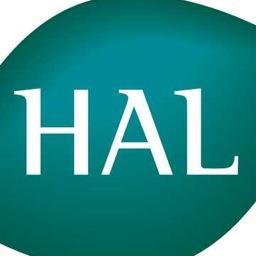
Horticulture Australia Limited (HAL) will transition from a government-owned company into a grower-owned research and development corporation, following overwhelming support for the proposal at an extraordinary general meeting in Cairns last week.
The restructure also got the vote of approval from board members at the HAL Forum in Melbourne during May.
HAL Chairman Selwyn Snell said peak industry bodies, growers and other key stakeholders had made their intentions clear, with the research body to now focus on implementing a plan for the transition to take place.
“Given 95 per cent of members (at the extraordinary general meeting) voted in support of the transition, there can be no doubt that HAL and its members are united in their commitment to transition HAL to a grower owned body,' Snell said. “This is a very pleasing result.”
HAL’s annual spend on research and development within the horticulture industry is around A$107m (US100m), according to the Australian Broadcasting Commission (ABC). It is funded by a combination of grower levies and taxpayer revenue.
The proposal to restructure HAL into a grower-owned corporation was one of the key recommendations outlined in an independent review into the research group.
The review also encouraged greater transparency in terms of how industry levies are managed. Despite the suggestion, HAL chief executive officer John Lloyd defended the groups’ investment strategy, pointing out that Australian horticulture had grown into a A$9bn (US$8.4bn) industry since HAL was formed in 2001.
“I think we do spend wisely. If you go to a lot of growers, they'll see a huge amount of benefits in the money they're paying in levies,” Lloyd told the ABC. 'There are some growers who like to talk about the politics; there are some who like to just grow stuff. I actually think there's a third category, the successful growers are those who grow stuff but know what to do with it once they've grown it and I think the post harvest activity is the most important activity in horticulture.”



